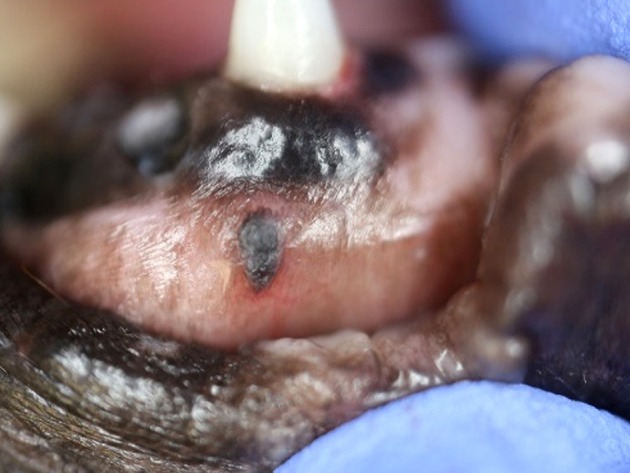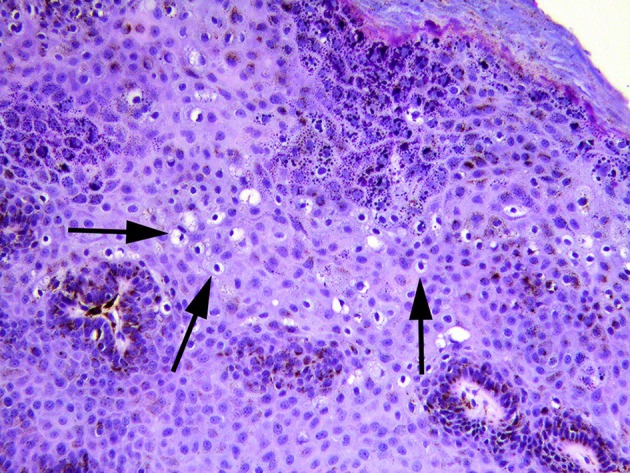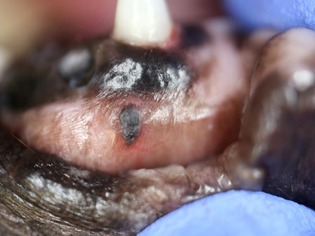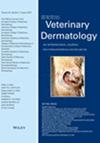首次报道犬口腔中乳头状瘤病毒引起的病毒斑块。
IF 1.4
3区 农林科学
Q3 DERMATOLOGY
引用次数: 0
摘要
犬类乳头瘤病毒16型从犬口肿块中扩增。肿块在组织学上与色素病毒斑块一致。这是首次报道狗的口腔病毒斑块。组织学调查是必要的,以允许从口腔黑色素瘤的分化。本文章由计算机程序翻译,如有差异,请以英文原文为准。



First report of a papillomavirus-induced viral plaque in the mouth of a dog.
Canis familiaris papillomavirus type 16 was amplified from a mass in the mouth of a dog. The mass was histologically consistent with a pigmented viral plaque. This is the first report of an oral viral plaque in a dog. Histological investigation is essential to allow differentiation from an oral melanoma.
求助全文
通过发布文献求助,成功后即可免费获取论文全文。
去求助
来源期刊

Veterinary dermatology
农林科学-兽医学
CiteScore
3.20
自引率
21.40%
发文量
92
审稿时长
12-24 weeks
期刊介绍:
Veterinary Dermatology is a bi-monthly, peer-reviewed, international journal which publishes papers on all aspects of the skin of mammals, birds, reptiles, amphibians and fish. Scientific research papers, clinical case reports and reviews covering the following aspects of dermatology will be considered for publication:
-Skin structure (anatomy, histology, ultrastructure)
-Skin function (physiology, biochemistry, pharmacology, immunology, genetics)
-Skin microbiology and parasitology
-Dermatopathology
-Pathogenesis, diagnosis and treatment of skin diseases
-New disease entities
 求助内容:
求助内容: 应助结果提醒方式:
应助结果提醒方式:


